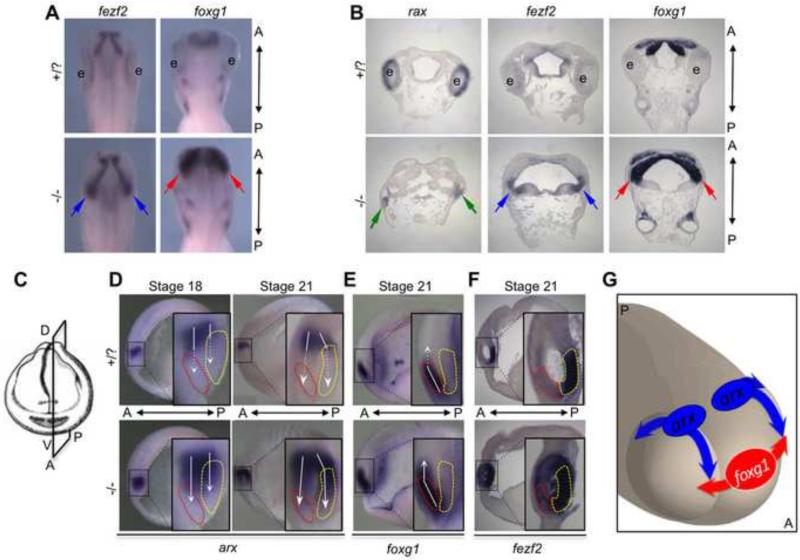Figure 4. Diencephalic and telencephalic tissue is expanded in the rax mutant.
(A) Dorsal views of St. 32 embryo heads assayed for diencephalic marker fezf2 (left) or telencephalic marker foxg1 (right) via in situ hybridization. Both fezf2 (blue arrows) and foxg1 (red arrows) expression is expanded into regions where the eyes would normally form in wildtype. (B) Frontal sections through St. 35wildtype and mutant embryos detecting rax, fezf2, foxg1 or foxd1 expression by in situ hybridization. In rax mutant embryos (bottom row), green arrows indicate small remaining rudiment still expressing rax. In the absence of functional rax, expression of fezf2 (blue arrows) and foxg1 (red arrows) is expanded into the tissue where the retina would normally form. (C) Visualization of the parasagittal plane of sectioning performed on embryos in D-F. (D) Lateral views of parasagittally-bisected embryos at indicated stages stained via in situ hybridization for early diencephalic marker arx. In panels D-F, red dashed outlines indicate developing telencephalic tissue, and yellow dashed outlines indicate developing posterior secondary prosencephalon. White arrows cover the expression range of each marker, and dashed white arrows indicate into which region expression expands in rax mutant embryos (bottom row). arx expression is expanded ventrally in mutant embryos, and expands both anteriorly into the telencephalon and posteriorly into the secondary prosencephalon, with significant expansion observed by St. 21. (E) Parasagittally-bisected embryos at St. 21 show ventral expansion of telencephalic marker foxg1, which expands beyond the wildtype telencephalic domain in rax mutants. (F) fezf2 expression in the wildtype marks the posterior secondary prosencephalon. In rax mutant embryos this expression expands into the telencephalon and optic vesicle. (Note: for clarification of dense staining, this embryo was thinly parasagittally-sectioned via vibratome, instead of simply bisected as in panels D-E. The plane of sectioning is the same in panels D-F). (G) A cartoon illustrating the 3-dimensional movements of arx and foxg1 expansion into the presumptive optic vesicle regions of rax mutant embryos. Observed expansion of arx is moving ventrally, both anteriorly and posteriorly. Expansion of foxg1 is primarily lateral. Movement of these marker boundaries (and others) likely results in the expansion of diencephalic and telencephalic markers observed in the later mutant embryos shown in A-B.

